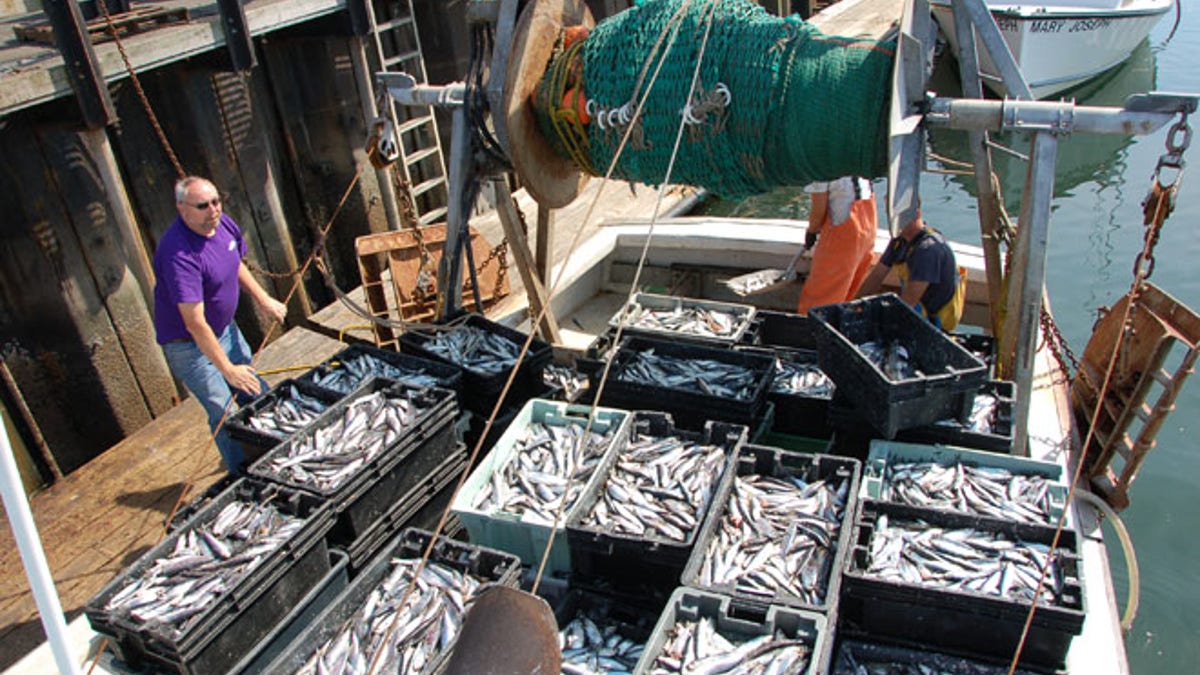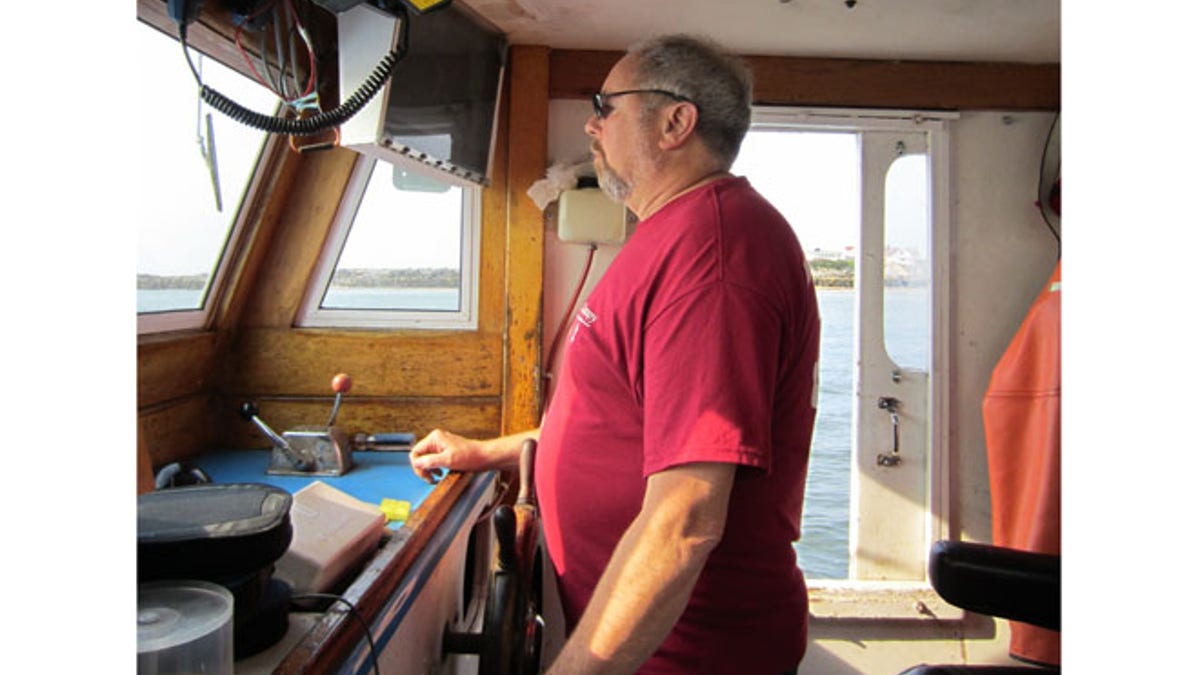
David Goethel, of Hampton, N.H., is seen here on board his commercial fishing boat.
Every year, the federal government spends millions monitoring New England commercial fishermen to ensure they ply their timeless maritime trade in accordance with the law.
Now, a judge is set to rule on who should foot the bill for the on-board monitors: the government or the fishing boat owners. The East Coast fishermen say sticking them with the bill would be the "death knell" for their industry and is illegal on the part of the federal government.
Fishermen of important New England food species such as cod and haddock will have to start paying the cost of at-sea monitors soon under new rules. Monitors -- third-party workers hired to observe fishermen’s compliance with federal regulations -- collect data to help determine future fishing quotas and can cost about $18,000 a year, or $710 per voyage.

David Goethel
The Cause of Action Institute, a legal watchdog representing a group of East Coast fishermen, sued the federal government in December in U.S. District Court in Concord, N.H., seeking to block the transfer of payments from the National Oceanic and Atmospheric Administration to the fishermen.
“It is unlawful for NOAA to force struggling fishermen to pay for their own at-sea monitors," said former federal judge Alfred Lechner, the institute's president and CEO. "The significant costs of these regulations should be the responsibility of the government."
The lawsuit was filed against the Department of Commerce on behalf of David Goethel, owner and operator of F/V Ellen Diane, a 44-foot trawler based in Hampton, N.H., and Northeast Fishery Sector 13, a nonprofit representing fishermen from Massachusetts to North Carolina.
It called the transfer of payments the "death knell for much of what remains of a once-thriving ground fish industry that has been decimated by burdensome federal overreach."
“Fishing is my passion and it's how I’ve made a living, but right now, I’m extremely fearful that I won’t be able to do what I love and provide for my family if I’m forced to pay out of pocket for at-sea monitors,” Goethel said when the suit was filed last December.
“I’m doing this not only to protect myself, but to stand up for others out there like me whose livelihoods are in serious jeopardy," he said.
NOAA decided last November that the industry would have to take over funding of monitors in 2016, saying the government's money had run out.
However, NOAA later revised its position about how much money it had, resulting in more assistance to the fishermen. Agency officials announced last month that NOAA will reimburse New England fishermen for an estimated 85 percent of the remaining cost of at-sea monitors in 2016. NOAA still plans to force fishermen to pay for monitors in 2017.
U.S. District Judge Joseph Laplante is expected to make a ruling any day in the case.
In a statement to FoxNews.com, NOAA stressed the importance of the monitoring system to curb overfishing and assess the abundance of certain species. Under the law, fishermen are required to bring in everything they catch, even if they subject them to fines and other penalties that cut into profits. Without monitoring, they do not always comply.
"The at-sea monitoring (ASM) program provides reliable estimates of catch (kept and discarded) by each groundfish sector in order to ensure their annual catch limits are not exceeded during the fishing year," the agency said.
"This helps prevent overages that could stop a sector from fishing during the current year or result in a reduced quota in a subsequent year. The quotas are set to prevent overfishing and improve stock numbers where necessary," the statement continued.
The Boston Globe reported in April that fishermen and on-board federal regulators are set to launch an experimental new program that would replace government observers with cameras, computers, and sensors to monitor their catch.
But the potential alternative, critics say, would be even more of a burden, costing vessels as much as $50,000, according to estimates.

